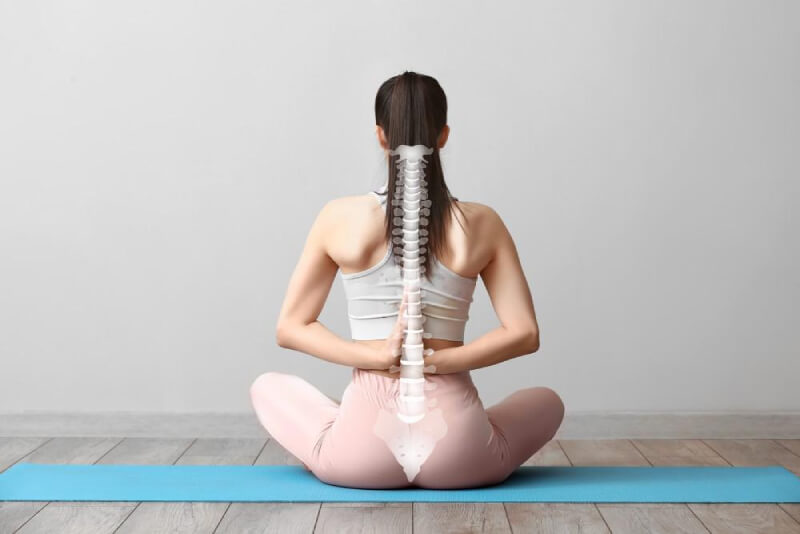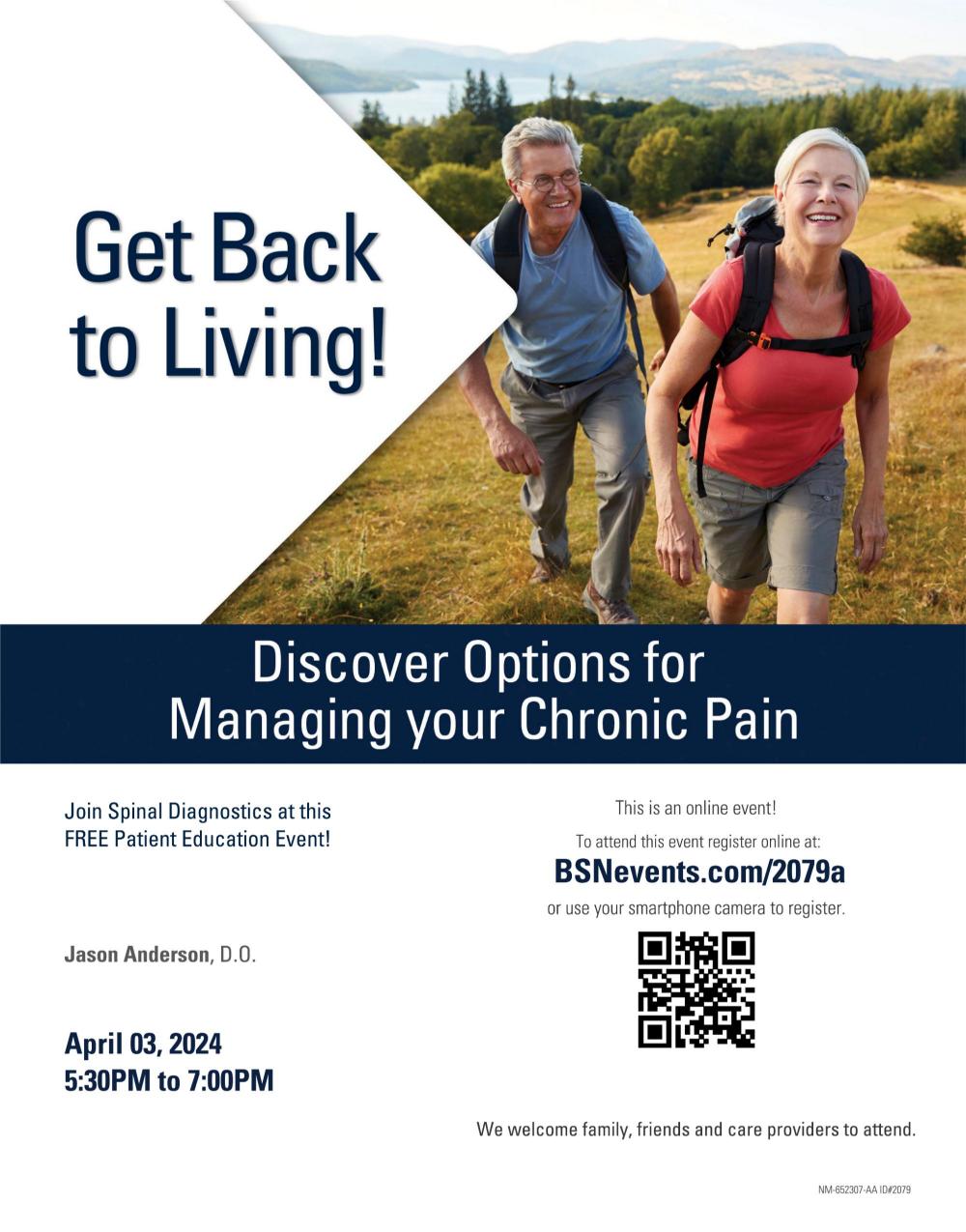In the simplest of terms, spinal stenosis describes a narrowing in your spinal canal. The condition is fairly common, especially as you age — 20% of adults over the age of 60 in the United States show evidence of spinal stenosis. The good news is that more than 80% don’t experience any symptoms, but for those who do, spinal stenosis can cast a long shadow.
To help you identify whether you might have spinal stenosis, the experienced team of spine health experts here at Spinal Diagnostics pulled together a few of the more common signs of the condition below.
One of the hallmarks of spinal stenosis in your lower back, or lumbar spinal stenosis, is a pain in your lower back that goes away when you hunch forward slightly. For example, if you get out of bed in the morning and stand upright, only to be met with pain, you often lean forward and walk around for a little bit until everything loosens up, and you can stand tall again.
Spinal stenosis often affects the areas of your spine that enjoy the most movement, including your neck and lower back. If you develop stenosis in either of those areas, you may experience numbness and/or tingling in your limbs — your buttocks, legs, and feet if you have lumbar spinal stenosis and the same symptoms in your arms and hands if you have cervical spinal stenosis.
If the stenosis worsens, you may experience muscle weakness in your limbs.
Many people with symptomatic cervical spinal stenosis experience neck pain, which they usually describe as a dull ache that worsens as the day progresses. In addition to the pain, your neck may be stiff and difficult to move.
Another common sign of spinal stenosis is a feeling of heaviness in one or both of your legs, or perhaps your legs might be cramping more easily.
If you’re experiencing any of the symptoms we describe above, the only way to know for sure whether spinal stenosis is present is to come see for a full evaluation. After reviewing your symptoms, we turn to advanced imaging to identify any narrowing along your spinal canal that may lead to the nerve compression and your symptoms.
If we find spinal stenosis, we offer interventional therapies that can ease your symptoms, such as epidural spinal injections or nerve blocks.
If your spinal stenosis is more advanced and hampering your ability to move freely, we offer innovative procedures, such as Vertiflex®, which creates more space in your spinal canal. We also offer the Mild® procedure, during which we remove tiny pieces of tissue to create more space around your nerves.
For expert diagnosis and treatment of your spinal stenosis, please contact one of our locations in Tualatin and Newberg, Oregon, to set up a consultation.





